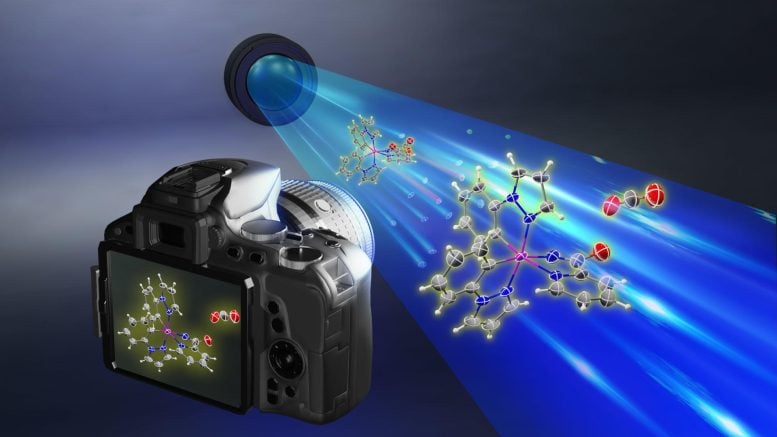
Researchers at the Institute for Basic Science (IBS) has experimentally confirmed the structure and properties of a transition metal-nitrenoid intermediate produced during catalytic amination reactions. Credit: Institute for Basic Science
Using X-ray photocrystallography, researchers have successfully captured the key Rh-acylnitrenoid intermediate, shedding light on the transition metal-nitrenoid transfer process.
Under the lead of Director Chang Sukbok, the research team from the Center for Catalytic Hydrocarbon Functionalizations at the Institute for Basic Science (IBS) has achieved a significant advancement in grasping the structure and reactivity of a key intermediate in catalytic reactions. This intermediate, referred to as a transition metal-nitrenoid, plays a vital role in transforming hydrocarbons into amides, substances of significance in the pharmaceutical and materials science domains.
In chemical reactions, intermediates are substances that are formed and consumed during the transformation of reactants into products. Hence, understanding these intermediates is crucial for improving reaction pathways and developing efficient catalysts. For example, nitrogen-containing compounds form the backbone of approximately 90% of pharmaceuticals and are essential in materials science. Therefore, identifying the intermediates involved in amination reactions, where nitrogen-based functional groups are introduced into hydrocarbon raw materials, is highly important.
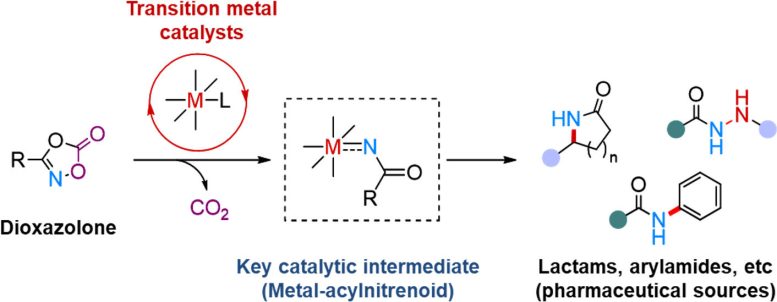
Metal-acylnitrenoid species is proposed as the key catalytic intermediate, which leads to valuable nitrogen-containing molecules including lactams, and acrylamides, which are recognized as important scaffolds in pharmaceuticals and bioactive natural products. Credit: Institute for Basic Science
Researchers recognized the importance of understanding the structure and properties of reaction intermediates in amination reactions. In particular, the reactions that utilize transition metal catalysts and dioxazolone reagents were found to be highly useful for medicinal chemistry and materials science, with more than 120 research groups worldwide contributing to the development of this field.
The key to understanding these reactions at the fundamental level lay in the ability to study the reaction intermediate that forms when a transition-metal catalyst binds to the dioxazolone reagent – known as metal-acylnitrenoid. These intermediate species have been notoriously difficult to study due to their highly reactive nature, which only allows them to exist for a fleeting moment. In addition, traditional catalytic reactions often occur in a solution, where the intermediary substances quickly react with other molecules, making them even more difficult to study.
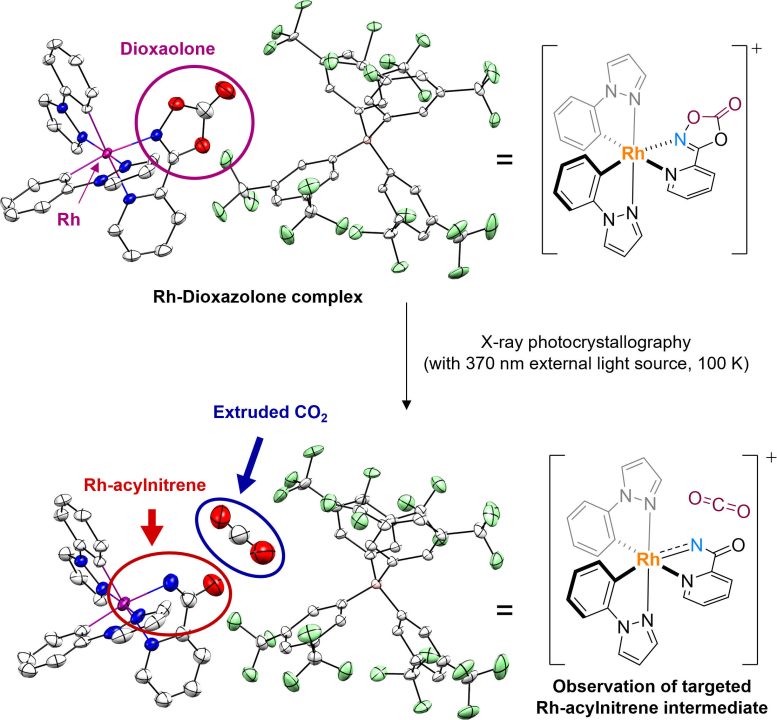
By using the single crystal of the rhodium-bound dioxazolone coordination complex, the researchers observed the sought-after rhodium-acylnitrenoid species via photocrystallographic analysis. When dioxazolone reacts with transition metal catalysts to form metal-acylnitrenoids, a CO2 molecule is extruded. Here, in the observed crystal structure, the CO2 molecule is nicely residing in between the generated Rh-nitrenoid and the counter anion. Credit: Institute for Basic Science
To tackle this challenge, the IBS team devised an experimental approach using X-ray photocrystallography. In addition, they also focused on tracking chemical reactions in solid-state rather than in liquid solutions. For this purpose, they developed a new chromophoric rhodium complex with a bidentate dioxazolone ligand, where photoinduced metal-to-ligand charge transfer initiates catalytic C–H amidation of hydrocarbon sources such as benzene.
Using this newly designed system, the researchers synthesized an isolable rhodium-dioxazolone coordination complex. Then, through photoinduced single crystal X-ray diffraction analysis using synchrotron radiation (Pohang Accelerator Laboratory), they managed to reveal the structure and properties of the rhodium-acylnitrenoid intermediate for the first time. Moreover, this study was designed to also achieve crystallographic monitoring of rhodium-acylnitrene transfer toward an external nucleophile all in the solid phase, which provides complete mechanistic snapshots of the nitrenoid transfer process.
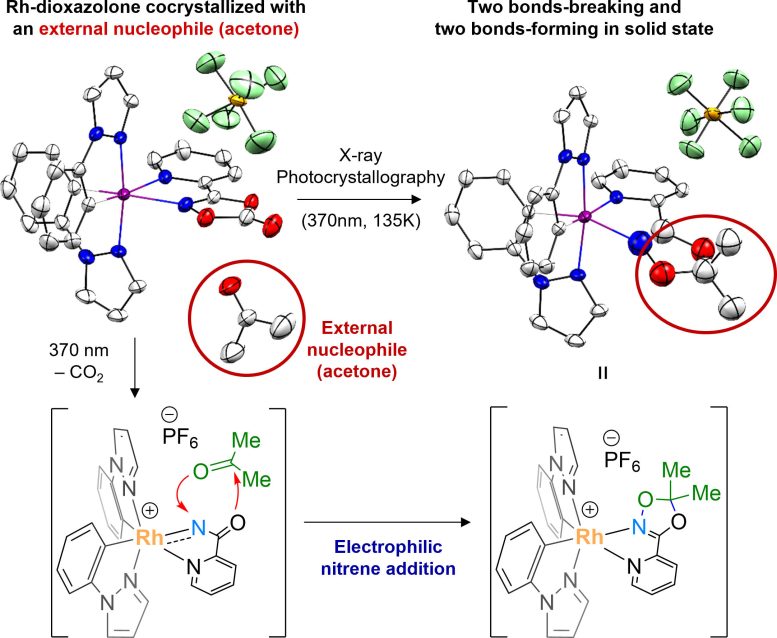
The researchers additionally prepared a cocrystal of rhodium-dioxazolone and an acetone molecule, which allowed them to conduct further photocrystallographic analysis to monitor the nitrenoid transfer toward an acetone molecule as an external nucleophile. These results corroborate the electrophilic reactivity nature of the rhodium-acylnitrenoid intermediate. Credit: Institute for Basic Science
This groundbreaking research marks a significant step forward compared to previous research in the field of catalysis involving metal-nitrenoid intermediates. By observing metal-nitrenoid intermediates in catalytic reactions and the study provides crucial insights into their reactivity. These findings are expected to contribute to the development of more reactive and selective catalysts for hydrocarbon amination reactions in the future.
Director Chang highlighted the importance of this discovery by stating, “We have experimentally captured the transition metal-nitrenoid intermediate, whose existence had only been hypothesized and was difficult to prove.” He further noted that this research would provide important clues for the design of highly reactive and selective catalysts that could be useful across various industries, possibly even contributing to the development of a “universal catalyst.”
Reference: “Mechanistic snapshots of rhodium-catalyzed acylnitrene transfer reactions” by Hoimin Jung, Jeonguk Kweon, Jong-Min Suh, Mi Hee Lim, Dongwook Kim and Sukbok Chang, 20 July 2023, Science.
DOI: 10.1126/science.adh8753
The study was funded by the Institute for Basic Science.


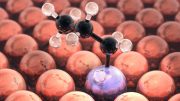


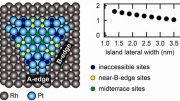

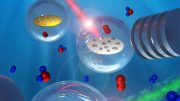

Be the first to comment on "Catalytic Mysteries Unveiled: First-Ever Observation of a “Difficult To Prove” Catalytic Intermediate"